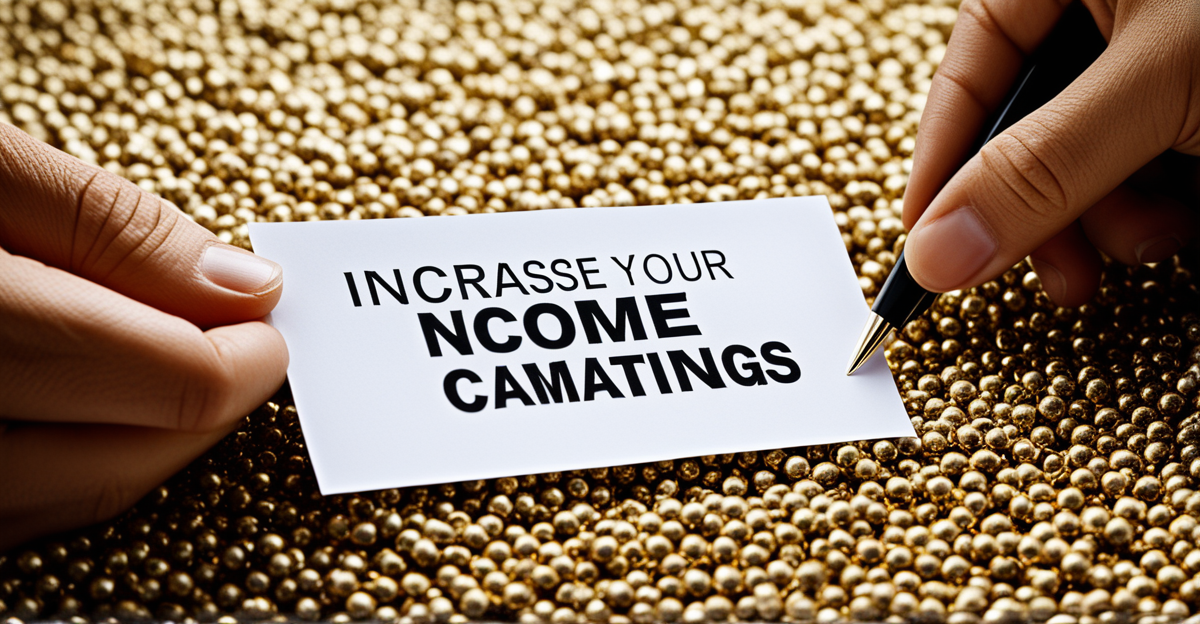Sales campaigns are vital for driving revenue growth and capturing audience attention. Effective strategies not only engage customers but also create lasting brand loyalty. This guide explores innovative approaches that leading brands like Nike and Netflix have successfully implemented. Discover actionable insights and compelling case studies to elevate your sales campaign, ensuring you connect with your target audience in meaningful ways. Ready to transform your approach? Let’s get started.
Introduction to Sales Campaigns
Sales campaigns are vital components of business strategy, crafted to boost revenue by engaging customers effectively. Through structured promotions, businesses aim to define clear objectives, which often involve tailored offers that attract and convert potential buyers. These campaigns, when meticulously planned and executed, play a crucial role in driving immediate revenue.
Have you seen this : Unlock Fundraising Potential: Cutting-Edge Facebook Ad Strategies for UK Non-Profits
Sales campaigns encompass various types, each with distinct characteristics that cater to diverse audience segments. For instance, flash sales introduce urgency, encouraging quick purchases, while buy-one-get-one deals appeal due to their perceived value. Seasonal promotions capitalize on specific times of the year, generating heightened consumer interest and activity.
Within these strategies, the use of promote sales campaigns stands as a pivotal element in marketing. This approach ensures that messaging resonates with customers, enhancing engagement. By understanding the dynamics of the sales funnel, businesses can fine-tune their campaigns, tailoring approaches to lead prospects through the decision-making process efficiently. Effective sales campaigns are not just about short-term gains but are strategic, maintaining alignment with longer-term sales goals to ensure sustainable success.
Also to read : Revolutionizing UK Construction: Leveraging VR Technology for Future-Ready Project Visualization
Developing Effective Sales Campaigns
Setting Clear Objectives and Goals
Start by establishing detailed objectives to steer your sales campaign towards success. Utilize the SMART framework—specific, measurable, achievable, relevant, and time-bound—to define these goals. For instance, aim to increase sales by 20% in the next quarter. This clarity not only aligns the team but also provides a benchmark for tracking progress.
Identifying Target Audiences and Customer Segments
Understanding your target audience is paramount. Create an ideal customer profile (ICP) to ensure your campaign resonates across demographics. Address customer needs by basing campaigns on data-driven insights, which can identify consumer trends and preferences. Engaging customers with personalized offers can result in higher conversions and loyalty.
Leveraging Multi-Channel Marketing Strategies
Incorporate a multi-channel approach to enhance outreach effectiveness. Use social media for broad placement and targeted email sales campaigns for personalized reach. Channels like Facebook and LinkedIn can expand contact networks, while programmatic advertising tailors ads to specific audience segments, enhancing campaign visibility and interaction rates.
Measuring Success and Optimization of Sales Campaigns
Establishing Key Performance Indicators (KPIs)
Establishing Key Performance Indicators (KPIs) is crucial for the effective measurement of sales campaign success. KPIs provide metrics that reflect the efficiency and impact of strategies, helping identify areas that need adjustment to boost overall revenue. Typical KPIs include conversion rates, customer acquisition cost, and return on investment (ROI). By setting clear, measurable objectives, sales teams can align efforts towards achieving quantifiable goals.
Analyzing Campaign Performance and Customer Feedback
Analyzing campaign performance involves delving into critical sales performance metrics. Understanding metrics like click-through rates and customer retention helps illuminate the effectiveness of each component of the campaign. Gathering customer feedback is also essential; it uncovers insights into consumer perceptions and areas for improvement. Such analysis ensures that campaigns resonate with target audiences and align with consumer needs.
Techniques for Continuous Improvement and Optimization
Continuous improvement requires leveraging analytics to refine campaign strategies over time. Techniques such as A/B testing can reveal which elements resonate better with audiences, enhancing overall campaign performance. Using real-time data to make necessary adjustments is vital for sustaining dynamic and compelling sales campaigns. Additionally, regular reviews of the sales campaign lifecycle help in maintaining strategic alignment with market trends and optimally allocating resources for maximum impact.











